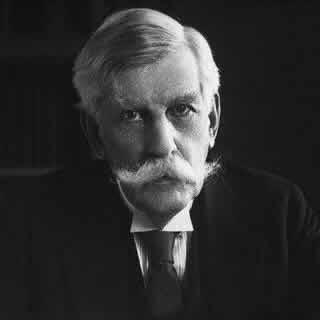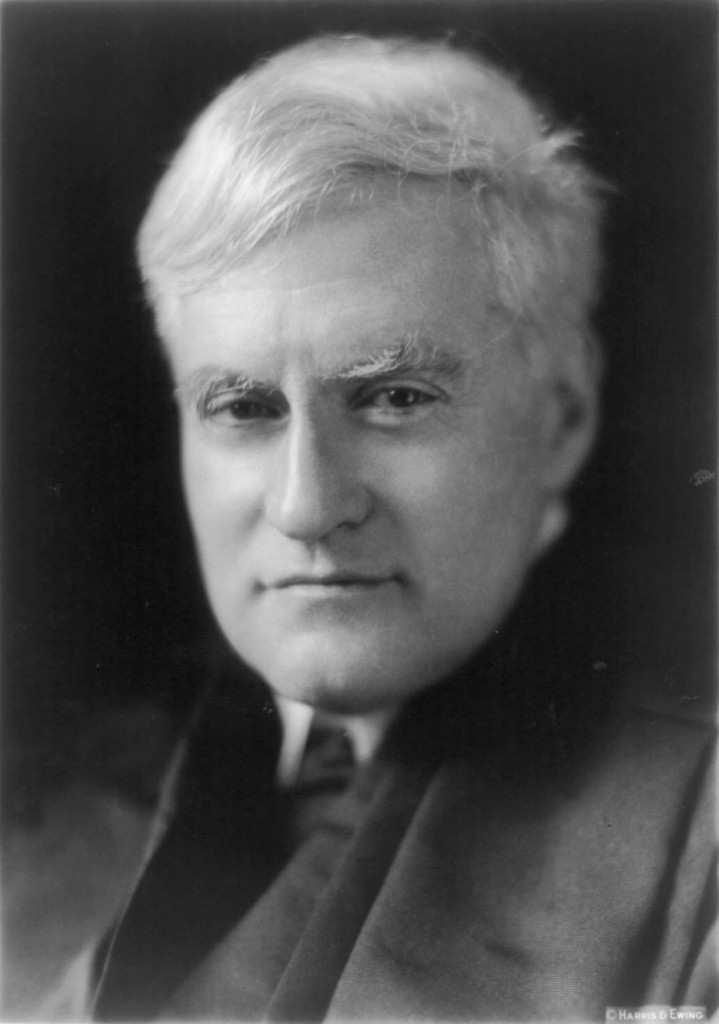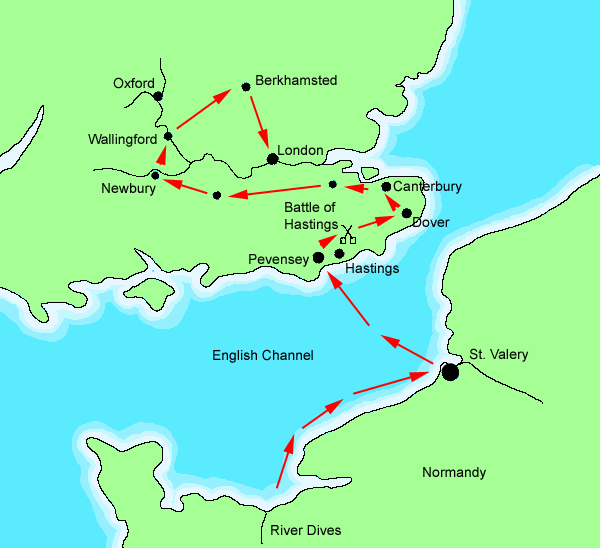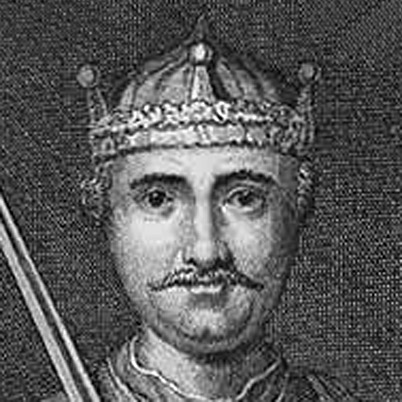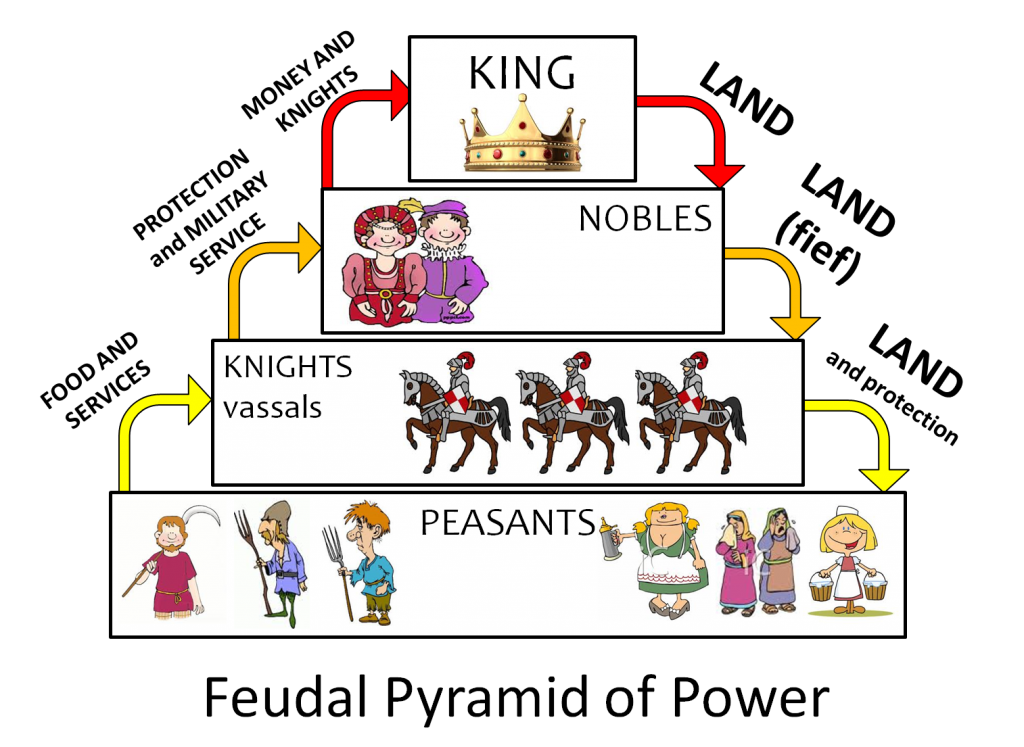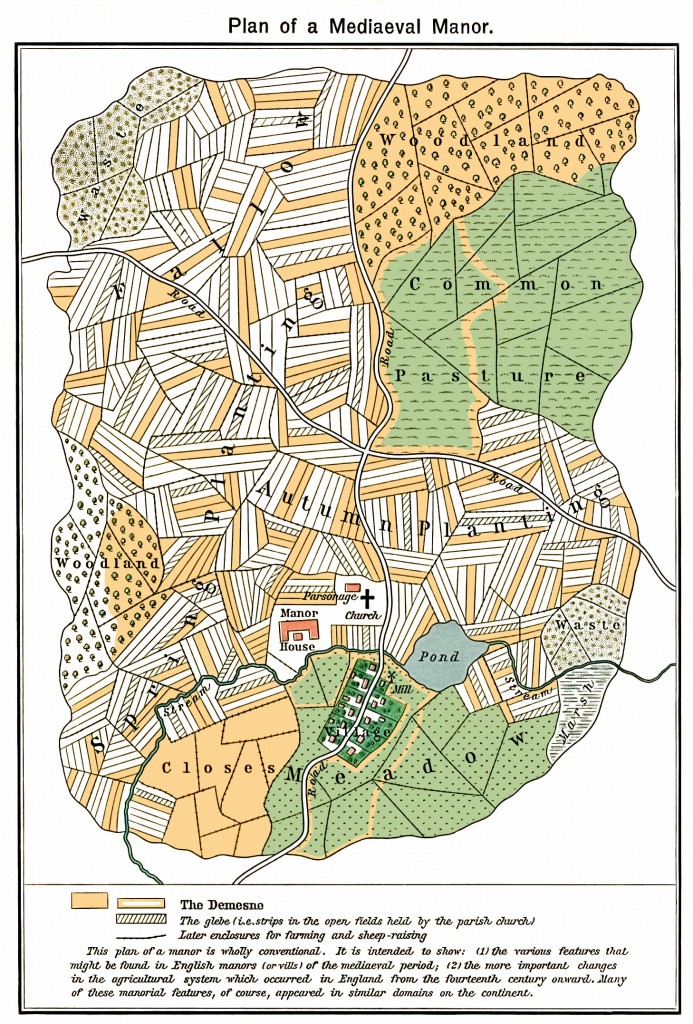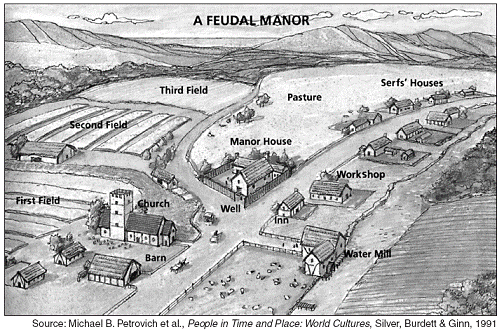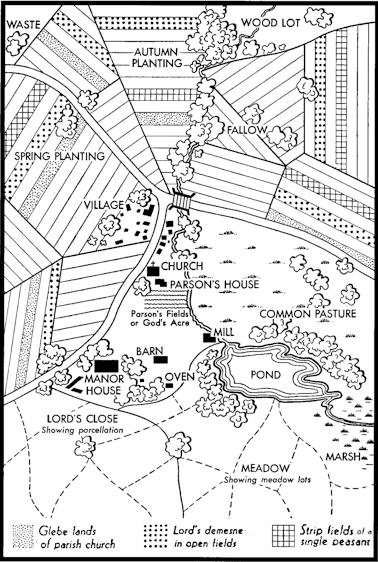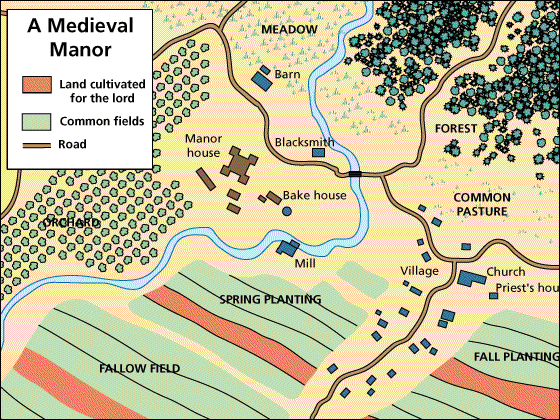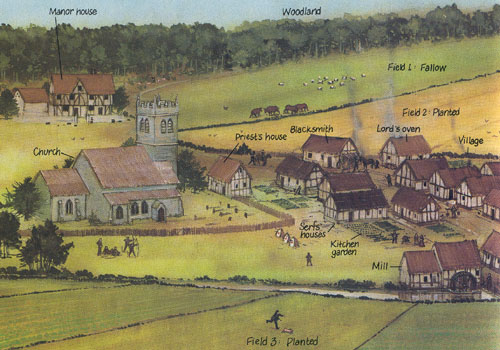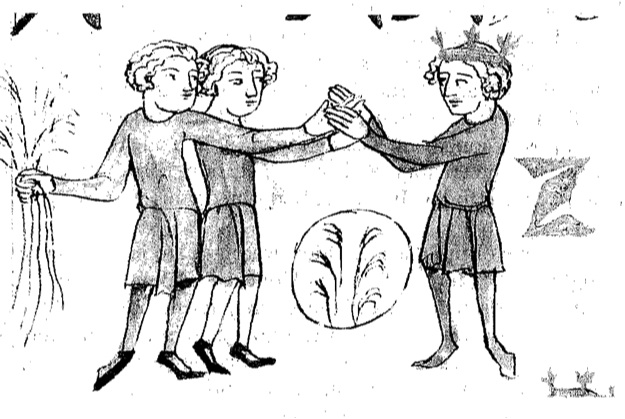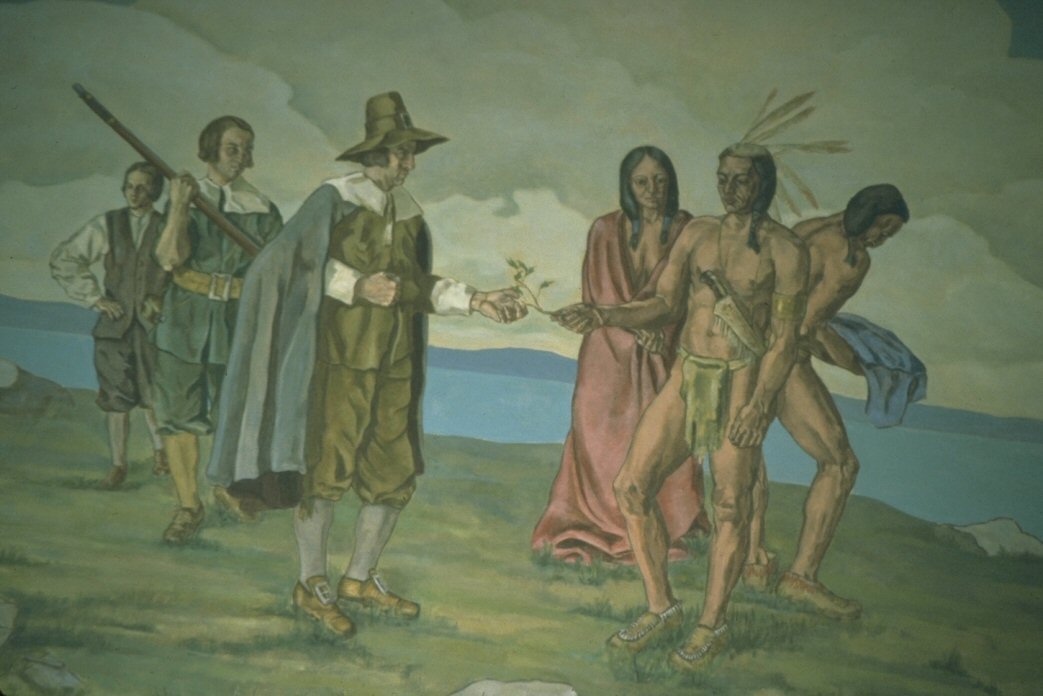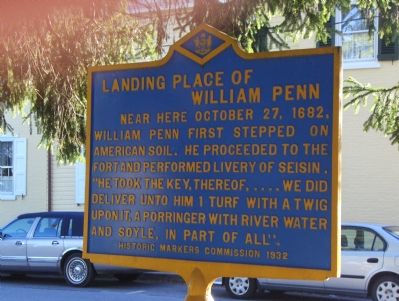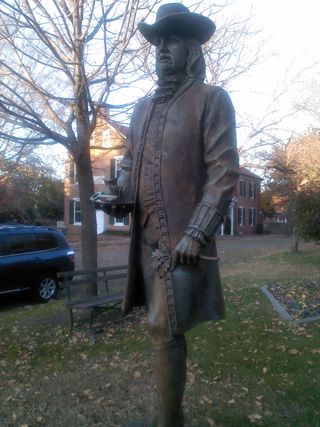Class 9 – 2/9/17
Estates I: Fee Simple
- The System of Estates, 207-208
- The Nature of Judicial Process, 208
- Possessory Estates, 208-215
- Seisin, 243-244
- Video of Seisin: http://youtu.be/sS0i6dMlOKU
- Fee Simple, 215-219
- Problems, 219
(Read these few pages very, very carefully).
The lecture note are here.
This is Justice Oliver Wendell Holmes, Jr., who famously wrote “It is revolting to have no better reason for a rule than that it was laid down in time of Henry IV (1594-1610).It is still more revolting if the grounds upon which it was laid down have vanished long since, and the rule simply persists from imitation of the past.”
This is Justice Benjamin Cardozo, who served on the New York Court of Appeals (the highest Court in New York) from 1927-1932. In 1932, Cardozo replaced Holmes on the United States Supreme Court, and would serve until 1938. Cardozo was replaced by another famous Justice, Justice Felix Frankfurter.
The feudal system began after the Norman Conquest of 1066.
(Note, in London, they do not refer to William as the Conqueror–he did not conquer London, after all!).
This diagram helps to explain the feudal structure.
This drawing represents a cleric, a knight, and a serf.
Serfs were all the way at the bottom of the pyramid.
Here are several diagrams of the feudal manor.
Here is Magna Carta–the great Charter. Forced upon King John by the Barrons at Runnymede in 1215, this document served as the basis for many of the oldest forms of constitutional freedom–including the due proces clause (then known as the law of the land clause). And there’s lots of other useless stuff. In particular, section 12 limits instances where lords can collect aid (or scutage) from tenants.
(12) No `scutage’ or `aid’ may be levied in our kingdom without its general consent, unless it is for the ransom of our person, to make our eldest son a knight, and (once) to marry our eldest daughter. For these purposes ouly a reasonable `aid’ may be levied. `Aids’ from the city of London are to be treated similarly.

Here is a restored copy of it.
This diagram represents fee simple. Like Buzz Lightyear, this estate endures to infinity, and beyond.
 This diagram represents the fee simple’s restrictive cousin, the fee tail.
This diagram represents the fee simple’s restrictive cousin, the fee tail.
This drawing illustrates the livery of seisin.
William Penn performed the livery of seisin on October 27, 1682 upon his arrival in what is now New Castle, Delaware, but became part of Penn’s Woodlands (also known as Pennsylvania). There is a historical marker commemorating the event.
Near here October 27, 1682, William Penn first stepped on American soil. He proceeded to the fort and performed Livery of Seisin. “He took the key, thereof,…we did deliver unto him 1 turf with a twig upon it, a porringer with river water and soyle, in part of all.”
Here is a photo of a statue of Penn holding a twig and turf.
This video illustrates the Livery of Seisin.
